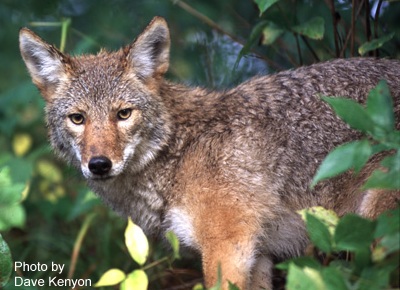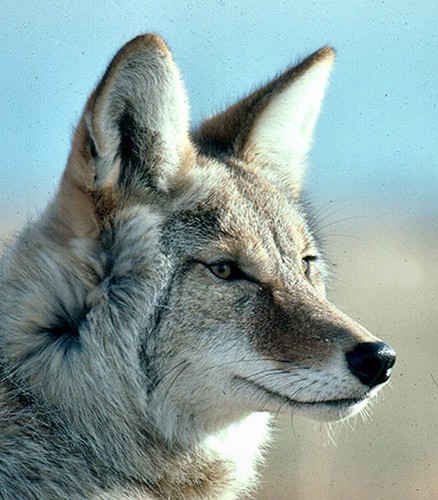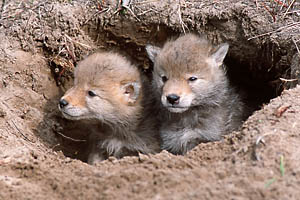I hope this post finds you all enjoying the first warm breezes of spring!
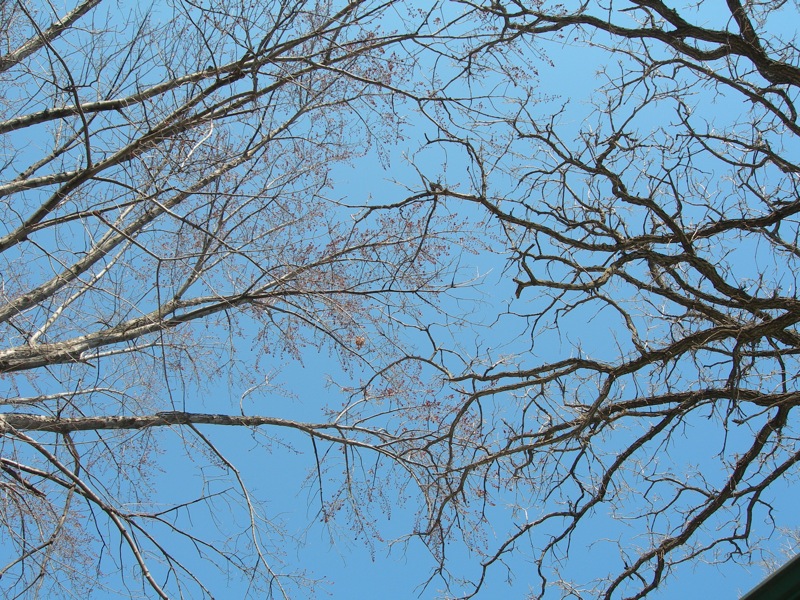
Unfortunately, with warmer weather comes the renewal of horrifying insects:
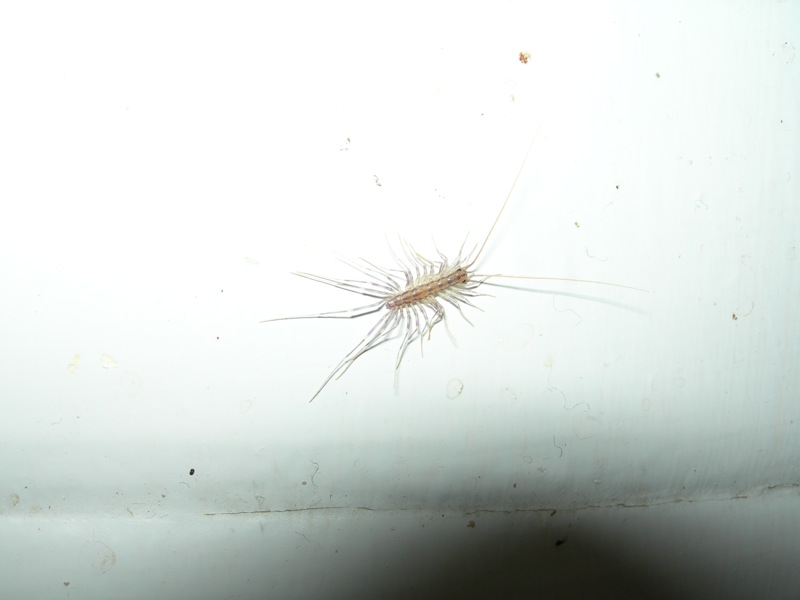
This 'pede was above my kitchen sink on Saturday morning. Thankfully it was only 1/4 inch long.
Before we discuss critter destruction, I'd like to show off our "new" couch!

Stella did not mind the old couch, which was perched on duct-taped-together phone books, even if it was getting holey.

The first incidence of critter warfare was a bug attack on two of my houseplants. But was a dual attack; two different plants, two different locations, and two different bugs!
My dear Mama bought me a lovely ivy when she visited in November:
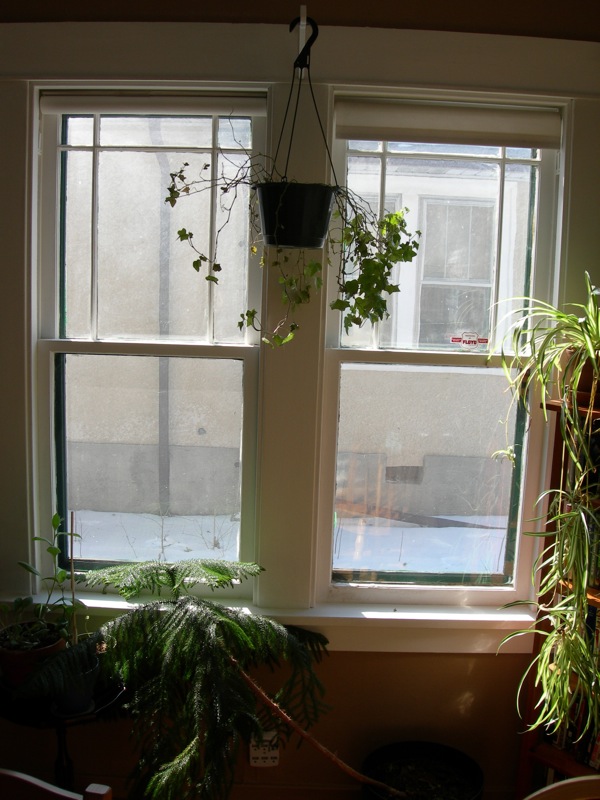
Unfortunately the plant has been fading all winter. I should have taken action sooner, for I noticed tiny spider webs covering the plant.

Upon further research, I've discovered the culprit: Two Spotted Spider mites, or Tetrahychus urticae. These tiny spiders have been sucking the chlorophyll out of the formerly lovely ivy, causing it to wither and drop leaves!
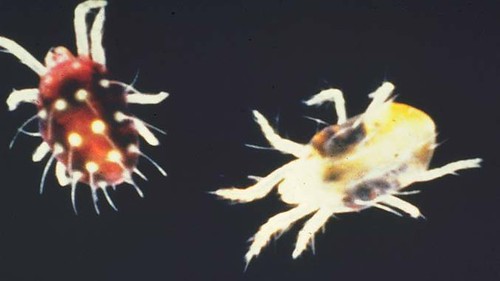
(Actual size, .05 mm)
The female spiders have been laying up to 20 eggs a day underneath the leaves. To remedy the situation, I've sprayed the plant with bug spray, but I think a more effective treatment would be to wash the plant with a special soap. The dry and warm climate of my house contributed to the spiders' success. Maybe I should try misting it, or I could just throw it away, as it could be spreading spider mites to other plants.
The next attacker struck my music studio. I'm so thankful to have windows for the first time, so I went ahead and bought some plants to decorate the space.

(Note the cool fountain made by my Father-in-law and the thrift store painting!)
Why, what are these white fuzzy bugs on my plant?
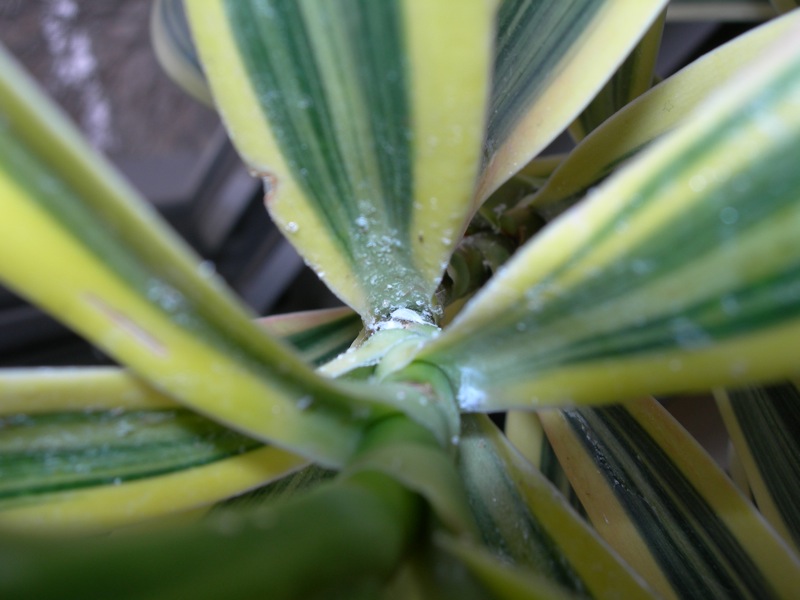
Could it be...a Mealy Bug? Pseudococcus longispinus is covered with a white, waxy coating that protects it from moisture loss. These guys love hiding in the nooks and crooks of plants, as well as in soil and pot crevices. Using a pointy mouthpart called a stylet, mealy bugs suck the moisture out of plants. Their toxic saliva harms the leaves, causing them to drop. Meanwhile, they excrete a sticky substance called "honeydew" which can encourage mold growth.
In the following photo you can see the mealy bug's long tails.
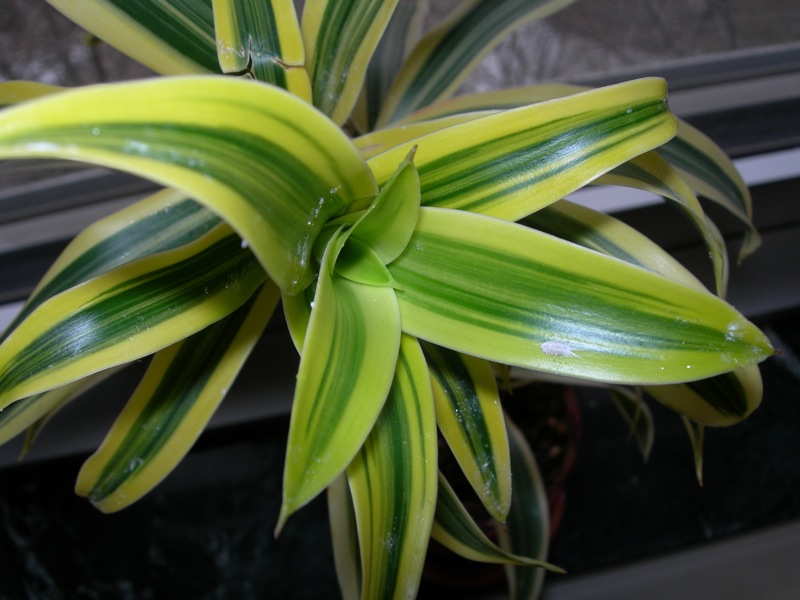
Apparently the long tailed species gives birth to live young! Even better.
To control this infestation I've been manually removing the fuzzy bugs.
The final destruction of my property is on a much larger scale:

Oh! Perhaps the gnawing sound I heard upstairs was only a squirrel, EATING OUR HOUSE!

Thankfully, R fixed the fascia with some wire mesh and that foam stuff.
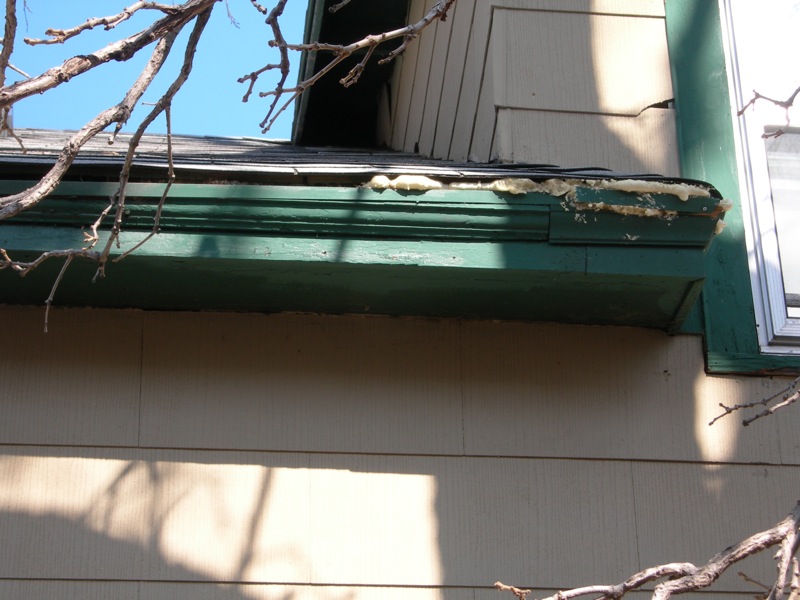
The squirrels have further "trimmed" the foam since I took the photograph. I would think the squirrels would be thankful for all of the birdseed I've provided over the harsh, cold winter. Ungrateful bastards!
I'm looking forward to hearing of your Spring critter encounters!
love,
Wendell!

